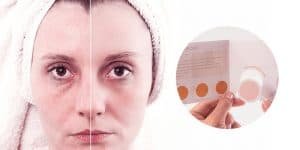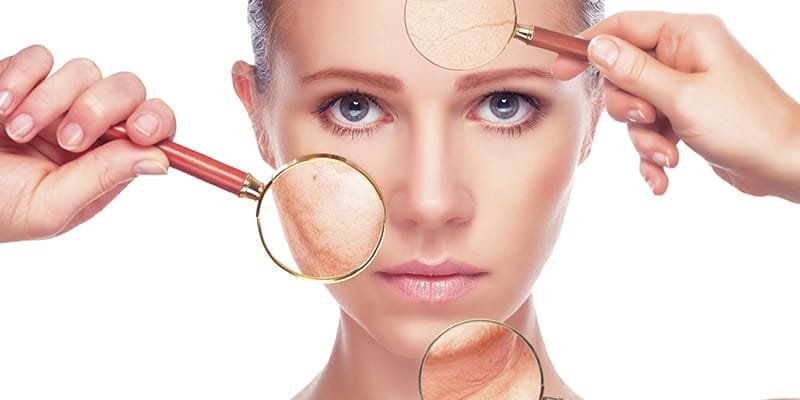Whenever I go out to buy skincare products or try to order them online, the biggest issue I face is understanding what kind of skincare will suit me the best. Do I have dry skin, or oily skin, or combination skin? Moreover, what ingredients might irritate the skin, or what might lead to breakouts is also something that needs to be considered along with understanding the skin type.
So to make this task easy, I have compiled the five best methods that could help you in understanding your skin type without much hassle. So that next time, you walk into a beauty store with confidence and don’t get swayed away by the salespeople there.
Let’s get started…
1. The Bare-Faced Method

Clean your skin deeply with a mild cleanser and pat dry your skin. Don’t apply anything on your skin for some time and leave it as it is for about 30 minutes. Notice your skin slightly and check for any shininess on your cheeks, nose, or forehead. Leave your skin the same way for another 30 minutes, and then check for any signals in your skin. If your skin feels dry and stretchy while you smile then your skin might be of dry texture. If there is a shininess on your nose or the forehead then you are more probable to have combination skin, and if you have shininess on your cheeks too along with the forehead and the nose then you might have oily skin.
2. The Blotting Sheet Method

A hassle-free and precise way to differentiate between oily and dry skin, the blotting sheet method is a great skin type identifying method. All you need to do is slightly press the blotting paper on part of your face and keep it diagonal to the light. If you see little to no oil in the blotting paper then you are likely to have dry skin. If you identify oil in the blotting paper when you dab it on your nose or forehead, then you have combination skin, and lastly, if you find the blotting paper a bit oily throughout your face then your skin type is more likely to be oily in its configuration.
3. Taking a Skin Type Quiz

There are plenty of quizzes on the internet today that you could take to identify the type of skin you have. All you need to do is identify a trusted skin type quiz and try to answer the questions in an aware manner. You can also go for multiple skincare quizzes to check the balance in your result. Don’t worry these quizzes are just 5-7mins long and give a trusted result.
4. The Pore Size Test

The pore size test is something that I have learned from my dermatologist. The size of your pore coil tells about the oil secretion level of your face. If you have normal size pores that are visible but only under harsh light and with much ficus then you have combination skin. If you have large pores that could be visible with the naked eye then you have combination skin. And if your pores are tiny in size, then you are more likely to have dry skin.
5. Ask Your Dermatologist

Lastly, but the most important and highly effective one is booking an appointment with your dermatologist. If you are having skin issues regularly and are supremely unaware of what products to use, then I’d recommend you not to take a risk with your skin and consult a skin specialist. A doctor will advise you on the best treatment for your skin and would also help you identify your skin type. As not all skin types are the same thus, the above methods could show different results on different people, thus going to a dermatologist would be a wise decision.
These are some of the tested methods which I find useful when it comes to understanding your skin type. I hope the above tips could be useful to you too.
Until next time.



1 comment
[…] many clients suffer from sensitive skin types, considering a line that works for all the skin types or finding one with specific products for […]